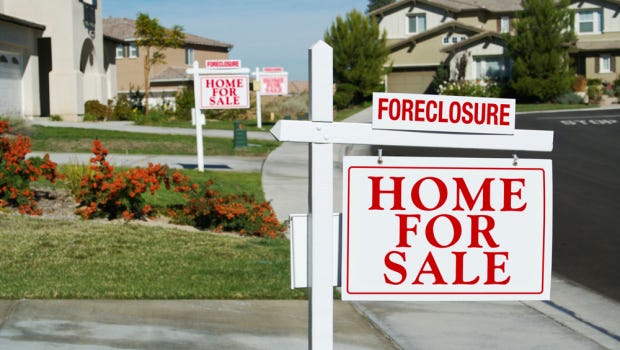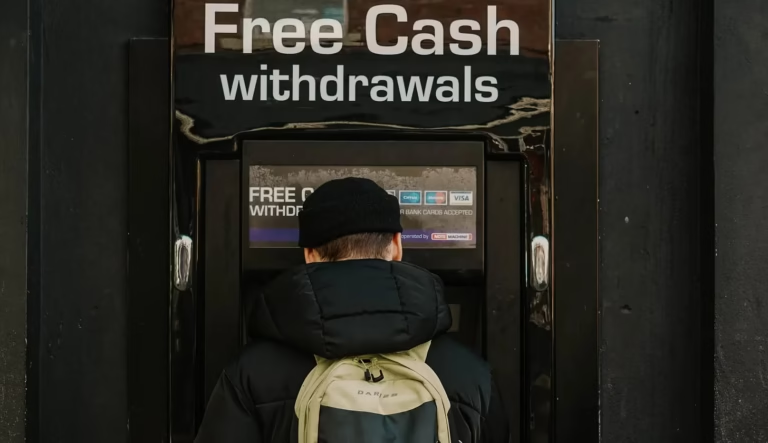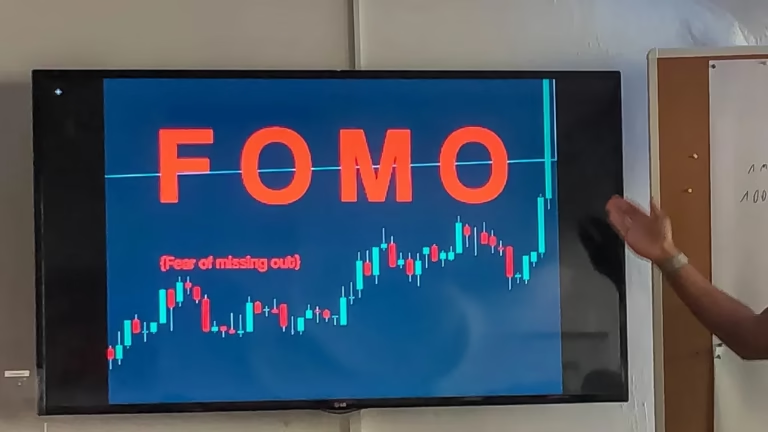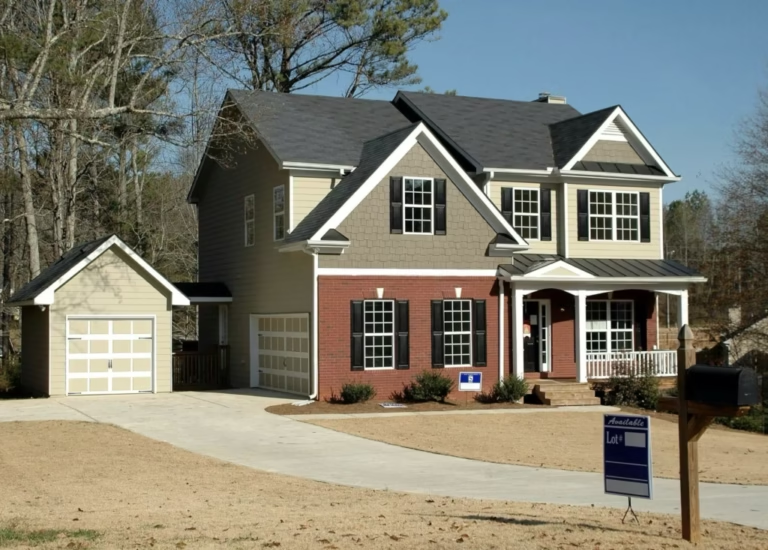When government programs end, the market will crash — right?
When the pandemic made its way across the country and the whole economy was shut down in Q2/2020, the government stepped in with support programs like the CARES Act and other measures. That included the suspension of payment for certain loans. The most prominent was the suspension of student loans and the options to request forbearance for mortgages.
So let’s just quickly look at what forbearance means. Here is how Investopedia defines it:
Forbearance is a temporary postponement of loan payments, typically for a mortgage or student loan. Lenders and other creditors grant forbearance as an alternative to forcing a property into foreclosure or leaving the borrower to default on the loan. The companies that hold loans, as well as their insurers, are often willing to negotiate forbearance agreements because the losses caused by foreclosures or defaults typically fall on them.
The bottom line is that banks and mortgage lenders learned from the 2008–2010 financial crisis. That time was also often called the “mortgage crisis”. Yes, too many people who should not have been approved received mortgages and subsequently struggled to pay them regularly, especially when monthly costs kept increasing.
At the time, the bank and lenders were treating each contract in a traditional way. This means they started foreclosure procedures and proceeded to get the delinquent owners out of the houses. Anybody who drove around neighborhoods at that time saw foreclosure signs in front yards all over the place.

The result was that the real estate market collapsed and took pretty much a decade to recover. more importantly in my view, the lenders and banks lost a ton of money — partially because the prices for houses collapsed, but also because they had not even tried to keep the original owners in place.
When I say that the financial industry and specifically the mortgage industry learned from that experience, it showed in the pandemic response. It was clear that many people could not make mortgage payments when they did not have work or income. It’s sometimes forgotten that we had almost 30 million unemployed temporarily.
The solution that was introduced wasn’t really anything new. Forbearance had existed all along, and anybody with a loan can normally ask for temporary forbearance to overcome a temporary shortage in funds.
A good example is a change of jobs. If you used to get paid every two weeks and you switch to a job with monthly payments, you will have a 6-week gap. You can ask your lenders for 1-month forbearance and then pick up payments again as before. In student loans, it is common for lenders to offer a certain number of months that can be applied to the loan without any penalties, except that the plan extends for those months and interest will have to be paid.
So why are some people talking about an impending, imminent real estate crash?
Well, by the end of 2020 there were about 8 million mortgages in forbearance. The overall program the government had enacted as a reaction to the pandemic lasts a total of 18 months and it is still active.
As far as I could find in my research, you can still apply today and through August and get 18 months of forbearance maximum.
The government mandated that the borrower does not need to pay all the accumulated missed payments when the forbearance is removed. Instead, the money that a borrower would have paid had the mortgage not been in forbearance will be added to the end of the loan. You basically have a 31-year mortgage instead of a 30-year mortgage.
The vast majority of people put their mortgages on forbearance in the middle of 2020. That means for most the maximum time of 18 months will end in September 2021. From that point on each month, the mortgages that are still on forbearance will have to be restarted.
Why could that trigger a crash and will it — in my opinion?
If we only looked at the data at the end of 2020 with about 8 million mortgages in forbearance, it would make sense to assume that a lot of the people who asked for forbearance might struggle to start payments again. Let’s just say 50% would struggle — that would be 4 million mortgages — meaning 4 million houses.
If banks and lenders hadn’t learned their lessons and 4 million houses would come on the market — possibly as foreclosures, there would be a huge flood of inventory and prices would probably go down a bunch.
Here is why I think that is not going to happen:
- The number of mortgages still in forbearance has dropped since the end of 2020 and is now at about 2 million loans.
- The rate of decline has been steady and people seem to be able to get back into paying each month.
- The average rate of delinquencies (which forbearance counts into) used to be about 4.6% (pre-pandemic) and we are now at less than 5% according to Fortune Magazine.
- A balanced market for residential real estate, meaning about 6 months of inventory available for purchase is between 750,000–1 million homes. If 50% of the current forbearances would actually end in foreclosure, that would just add this amount of homes to the market.
- The reason for the amazing home price appreciation has been the fact that we have super-low inventory — even though we had large price increases and super-low interest rates.
In summary: even if we were to get a sudden increase in inventory from delinquent mortgages that don’t make it out of forbearance, the impact to the market would be, if we even feel it at all, very minor.
We will not see a crash as some predict.

Some people prognosticate that homeowners who see the amazing appreciation in their home might get tempted to put the home on the market and thereby increase overall inventory. I don’t see that as a realistic option because these owners will need to live somewhere and have the same limited market to pick replacement properties. Studies have found that people don’t tend to sell if the next house they could buy appears expensive or not much different than what they currently have.
So an increase in inventory just because prices have skyrocketed is probably not realistic.
What is more likely is a summit. That’s what I call a peak level of prices to such an extent that fewer and fewer people can afford to purchase even though interest rates are at historic lows. If you want to buy one of those very expensive homes, you still have to qualify for the loan. That means your income ratio to the monthly loan payment can’t be more than 50% (rounded).
Incomes have not (yet) increased substantially and home prices have run away — leaving fewer and fewer people able to qualify for a mortgage.

With such a summit we can have two possible longer-term scenarios:
- Incomes start to increase and a balance is reached between the few expensive houses on the market and the people who can still afford to qualify and purchase these houses. If that happens prices would remain elevated but inventories could catch up over time.
- Fewer people are buying, keeping prices high but the number of transactions low — basically a pause of transactions at a low level due to low inventory. As inventories increase over time, more people might decide to sell at elevated prices to move into some of the new inventory — especially new construction.
For us as residential real estate investors who have typically put 20% down payment at the time of purchase have gained a lot of equity that we might consider turning into HELOC’s to grow our portfolio going forward, but that’s to be addressed in a future story.




